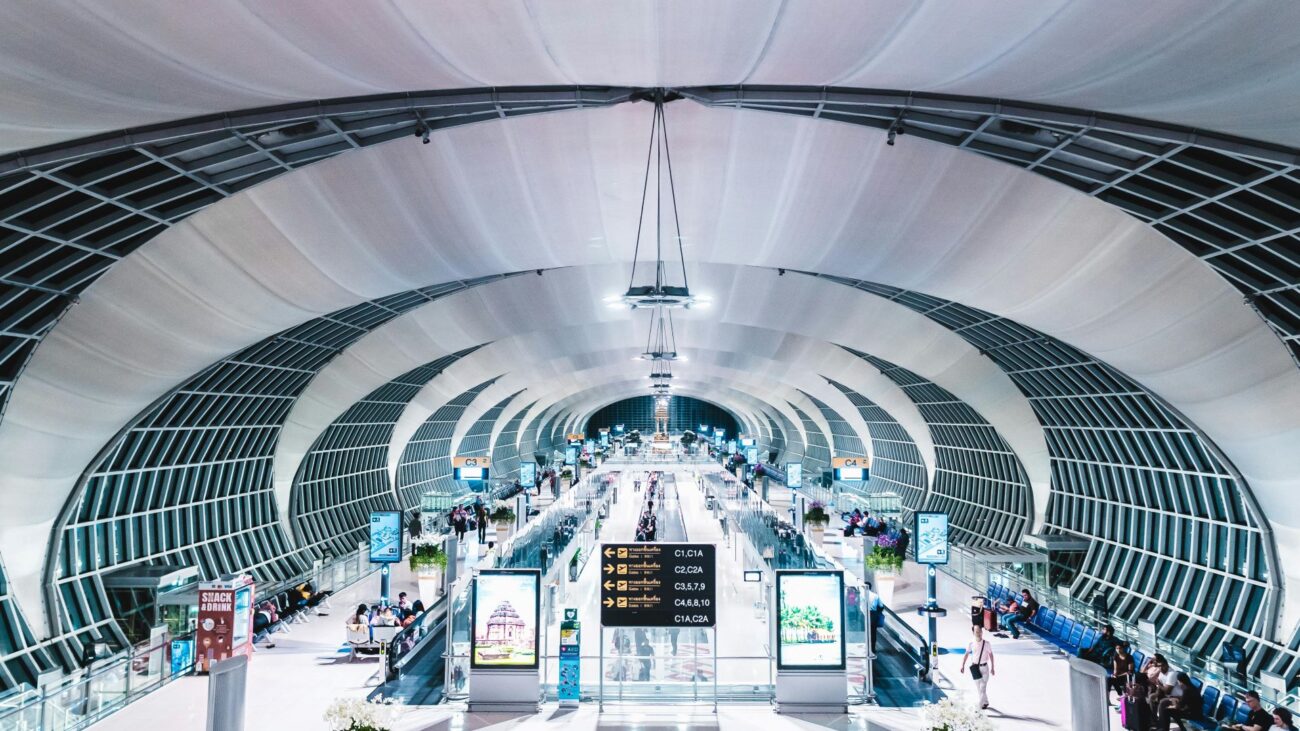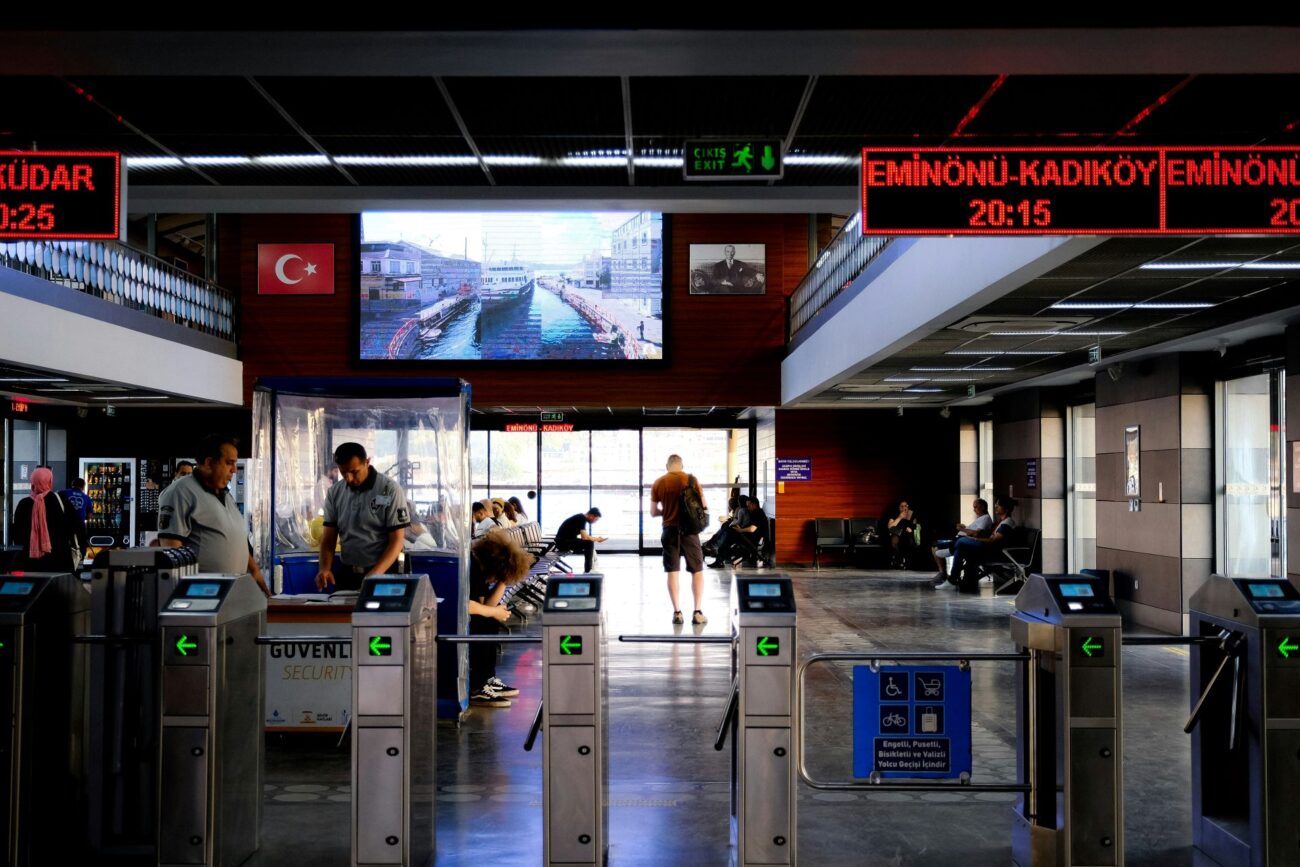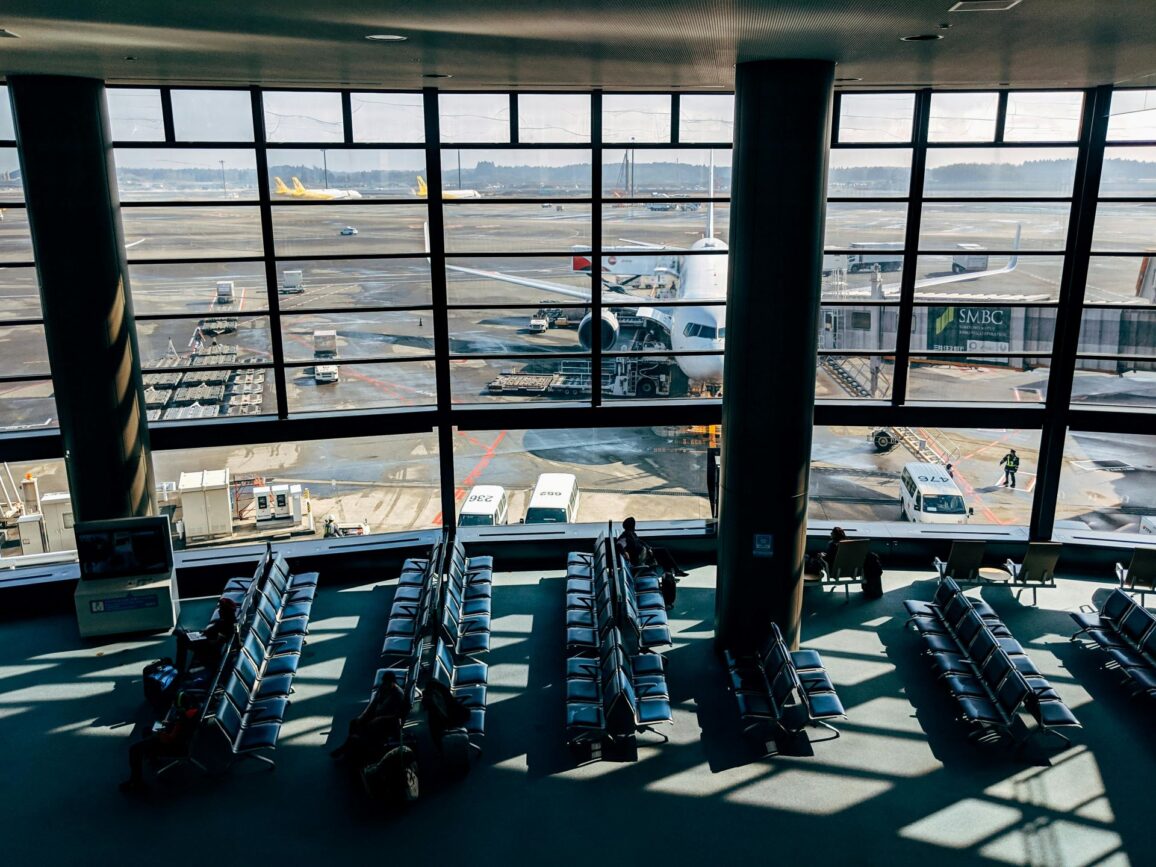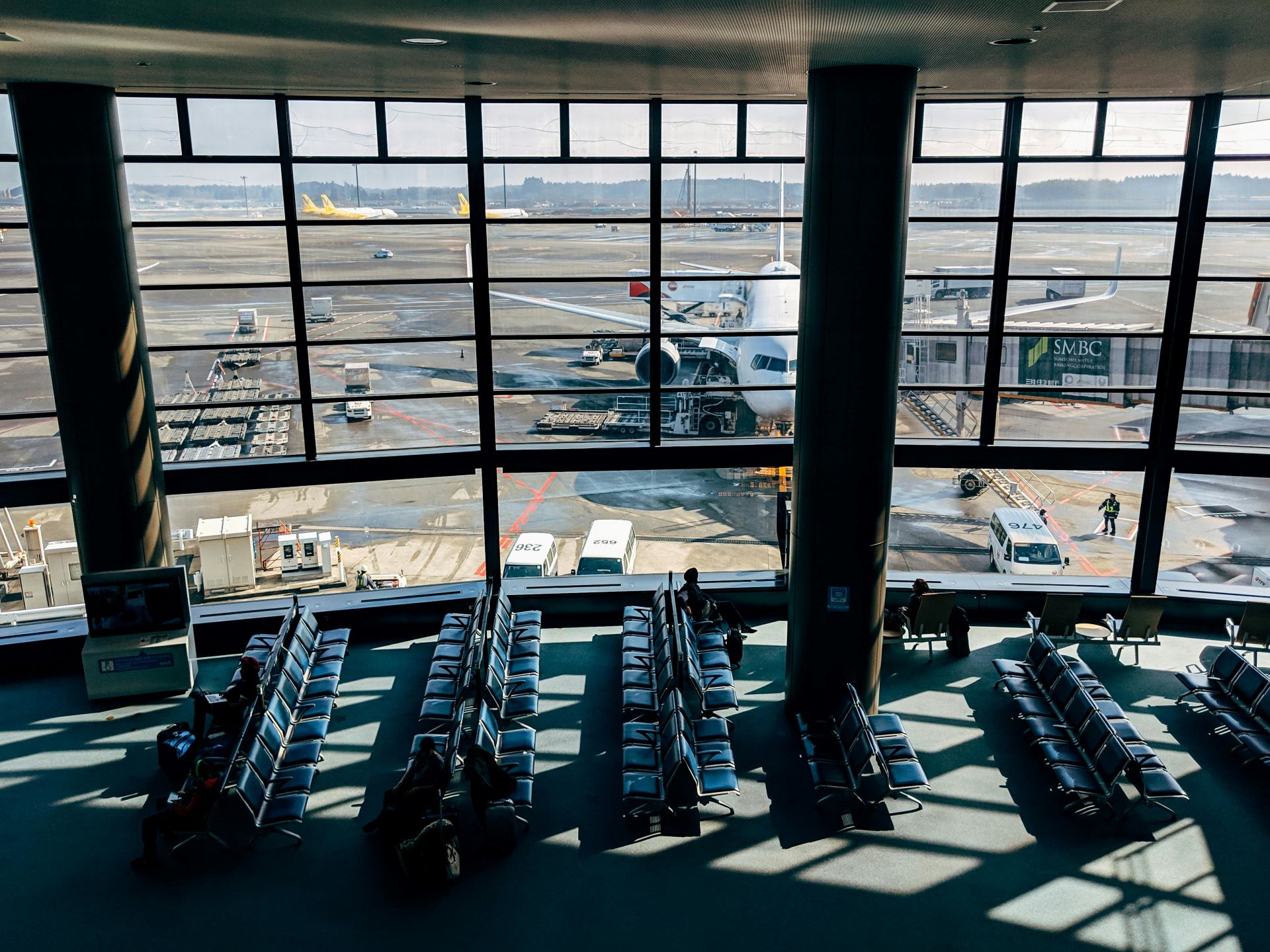Air travel has long been regarded as a necessary bridge between destinations—a means to an end rather than an integral part of the journey itself. Yet, in a world where travellers increasingly seek immersive and meaningful experiences, airports and lounges are emerging as far more than transit points. They are evolving into curated touchpoints, offering glimpses of the culture, lifestyle, and leisure that await just beyond the gates. By embracing airport tourism strategies, airlines, airports, and tourism boards are redefining the passenger journey, transforming the brief pause between takeoff and arrival into a memorable, culturally rich experience.

Destination Showcases: Bringing Local Culture to the Terminal
The first impression often shapes a traveller’s anticipation. Imagine stepping off a flight and being immediately enveloped in a sensory experience that speaks to the destination’s essence—its colors, sounds, and aromas. Destination showcases within airports are precisely this: carefully curated micro-environments that reflect the unique identity of a city or region.
Airports are increasingly incorporating art installations, live music performances, and local craftsmanship into waiting areas and lounges. For instance, Singapore Changi Airport’s Terminal 1 Art Trail weaves sculptures, paintings, and immersive multimedia displays throughout its concourses, offering travellers a continuous narrative of the nation’s creative heritage. Similarly, London Heathrow’s Terminal 5 hosts rotating exhibitions featuring British artists, designers, and photographers, encouraging travellers to explore a slice of the country even before leaving the airport.
Beyond visual displays, these showcases can extend into sensory experiences. Aroma zones, where passengers encounter the scents of local cuisine or natural landscapes, create immediate emotional connections to the destination. Music lounges or pop-up concerts featuring local performers give waiting passengers an authentic soundtrack, while artisanal market stalls introduce travellers to locally made goods—from handcrafted jewelry to regional delicacies. These micro-moments do more than occupy idle time; they create a narrative thread that enriches the entire travel experience.
Destination showcases also foster meaningful engagement. By blending commerce, culture, and storytelling, airports become touchpoints that promote curiosity and exploration. For tourism boards and local operators, these displays act as subtle invitations, encouraging passengers to extend their stay and delve deeper into what the region has to offer.
Pop-up Tourism Counters: Last-Minute Adventures in Transit
For many travellers, the journey begins before they leave the airport. Pop-up tourism counters strategically positioned near boarding gates or lounges can transform otherwise mundane waiting periods into opportunities for immediate engagement. These counters, staffed by knowledgeable local operators, offer last-minute excursions, cultural experiences, and insider recommendations that are often not widely advertised online.
Consider a passenger on a short layover in Lisbon. A pop-up counter could offer curated half-day tours of Alfama’s narrow cobblestone streets, sunset river cruises along the Tagus, or culinary experiences sampling pastel de nata at historic bakeries. The immediacy of these offerings addresses a growing trend among modern travellers: the desire to make every moment count.
The beauty of pop-up counters lies in their flexibility. Seasonal offerings, thematic promotions, or partnerships with cultural institutions allow for an evolving portfolio of experiences that keep the airport environment dynamic and relevant. Beyond promoting tourism, these counters can generate direct economic benefits for local operators, connecting travellers with vetted service providers and ensuring quality experiences.
Moreover, the counters can extend the sense of immersion introduced by destination showcases. A passenger intrigued by an art display might be guided to a curated city tour of galleries, while someone captivated by a local music performance could discover intimate live venues through the pop-up desk. In this way, the airport acts as both stage and concierge, blending inspiration with practical solutions that convert curiosity into action.
Wellness & Leisure Zones: A Pause for Mind, Body, and Culture
While art installations and pop-up counters engage travellers’ senses and imaginations, wellness zones offer a respite for the body and mind. Modern airports increasingly recognize that passengers seek more than functional amenities—they desire moments of relaxation, reflection, and cultural immersion even during brief layovers.
Wellness and leisure zones can be thematically aligned with the local culture, creating a holistic mini-experience. Imagine an airport spa offering traditional Balinese massage techniques or a meditation pod infused with the fragrances of indigenous South American plants. Even brief interventions, such as ten-minute guided meditation sessions or stretching zones designed around local architectural motifs, provide a sense of place while promoting well-being.
Airports like Hong Kong International and Dubai International have already begun integrating such concepts, offering dedicated quiet zones, reflexology areas, and yoga spaces. These interventions not only alleviate travel stress but subtly convey the region’s approach to wellness, lifestyle, and cultural philosophy. For business travellers or families navigating long layovers, such offerings transform waiting time into restorative, meaningful experiences.
The strategic placement of wellness zones near lounges, departure gates, or transit corridors ensures accessibility while reinforcing the narrative of the airport as an immersive environment. The sensory design—lighting, soundscapes, textures—can be tailored to reflect local aesthetics, further bridging the gap between the transient and the tangible. In doing so, airports become microcosms of the destinations themselves, where even the briefest stay carries the essence of place.
Integration Across Touchpoints: Crafting a Cohesive Passenger Journey
The true power of airport tourism touchpoints emerges when these elements—destination showcases, pop-up counters, and wellness zones—are thoughtfully integrated. Passengers navigate a journey that engages curiosity, facilitates action, and fosters relaxation, all within the confines of the airport.
Consider the following scenario: A passenger lands at Munich Airport for a layover en route to Vienna. As they disembark, they encounter a Bavarian craft exhibit in the terminal, complete with interactive demonstrations of traditional woodcarving. Drawn in by the craftsmanship, they stop by a pop-up counter that offers a half-day guided tour of Munich’s historic beer halls and museums. After booking, they retreat to a nearby wellness zone where they enjoy a short aromatherapy session inspired by the region’s alpine flora. Every touchpoint reinforces the cultural identity of the destination, creating a cohesive, multi-sensory experience that leaves a lasting impression.
Airports adopting such integrated approaches do more than enhance passenger satisfaction; they actively contribute to broader tourism objectives. By creating moments that inspire curiosity, encourage exploration, and facilitate engagement, they serve as powerful catalysts for local economic activity and cultural exchange.

Technology as an Enabler: Personalisation and Engagement
While physical experiences are crucial, technology offers the means to enhance personalization, efficiency, and engagement. Augmented reality (AR) guides can overlay historical or cultural information on art installations. Mobile apps can highlight wellness zones, recommend tours, or allow instant bookings at pop-up counters. QR codes embedded in exhibits or displays enable travellers to access extended content, offering deeper narratives and connections.
Artificial intelligence and data analytics can further refine offerings. By analysing passenger demographics, travel patterns, and preferences, airports can customise experiences, ensuring that destination showcases, pop-up counters, and wellness zones align with the interests of specific traveller segments. A frequent business traveller might be guided to a premium lounge offering brief meditation sessions and curated city tours, while a leisure traveller could be offered interactive cultural exhibits and family-friendly experiences.
This marriage of technology and physical touchpoints ensures that airport tourism is not only experiential but also smart, efficient, and tailored. Passengers feel valued, engaged, and connected, transforming the airport from a simple transit hub into a dynamic prelude to their journey.
Case Studies: Airports Leading the Way
Several airports globally are pioneering the integration of tourism touchpoints, setting benchmarks for how transit spaces can evolve into meaningful experiences.
Changi Airport, Singapore: Often cited as a leader in airport experience, Changi combines art, gardens, wellness zones, and curated shopping to create a holistic journey. Seasonal destination showcases, live performances, and interactive exhibits offer continual novelty.
Incheon International Airport, South Korea: Known for its cultural immersion programs, Incheon features traditional Korean craft workshops, K-pop dance experiences, and culinary demonstrations. Wellness zones include Korean-style spas and meditation spaces, ensuring passengers are refreshed and culturally engaged.
Dubai International Airport, UAE: Dubai’s terminals blend luxury retail, art exhibitions, and wellness pods. Pop-up tourism counters and concierge desks introduce passengers to desert safaris, city tours, and local cultural experiences, making the airport itself a vibrant gateway to the Emirates’ offerings.
These examples highlight how destination storytelling, local engagement, and wellbeing converge to redefine the passenger journey. They demonstrate that airports can be far more than spaces of transit—they can be immersive, inspiring, and economically impactful cultural hubs.
Measuring Success: Beyond Passenger Satisfaction
The adoption of airport tourism touchpoints is not solely about aesthetics or passenger enjoyment; it also encompasses tangible metrics of success. Airports and tourism boards can measure engagement through bookings facilitated via pop-up counters, dwell time in wellness zones, interactions with art installations, and digital engagement via AR or mobile apps.
Furthermore, post-travel surveys can capture the impact of these experiences on perceptions of the destination. Did the airport touchpoints enhance anticipation, influence itinerary decisions, or encourage return visits? Data-driven insights allow operators to continually refine offerings, ensuring relevance and resonance with diverse passenger segments.

Airports as Cultural Portals
Airports are no longer merely thresholds between points A and B. They have the potential to become cultural portals—microcosms of destination identity that engage, inspire, and refresh travellers. By investing in destination showcases, pop-up tourism counters, and wellness zones, airports transform idle waiting into memorable experiences that shape perceptions long before passengers step onto city streets.
The evolving airport landscape demonstrates that tourism is not confined to the destination itself. Every art installation, last-minute tour opportunity, and moment of restorative leisure creates a narrative, connecting travellers with the culture, spirit, and lifestyle of the region. In doing so, airports are no longer transient spaces—they are dynamic stages where travel begins, long before the first step onto the plane.

